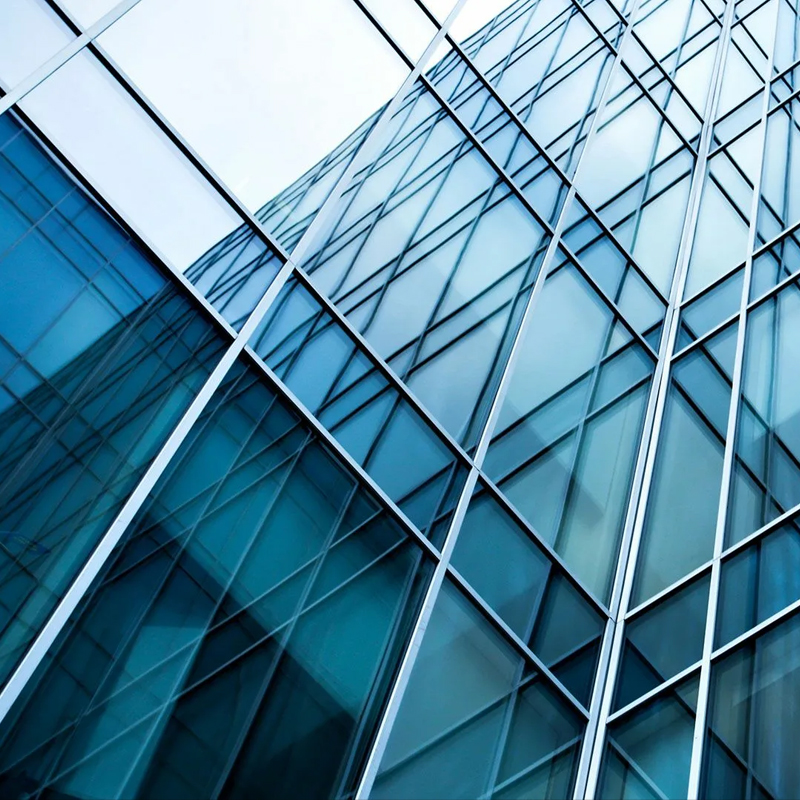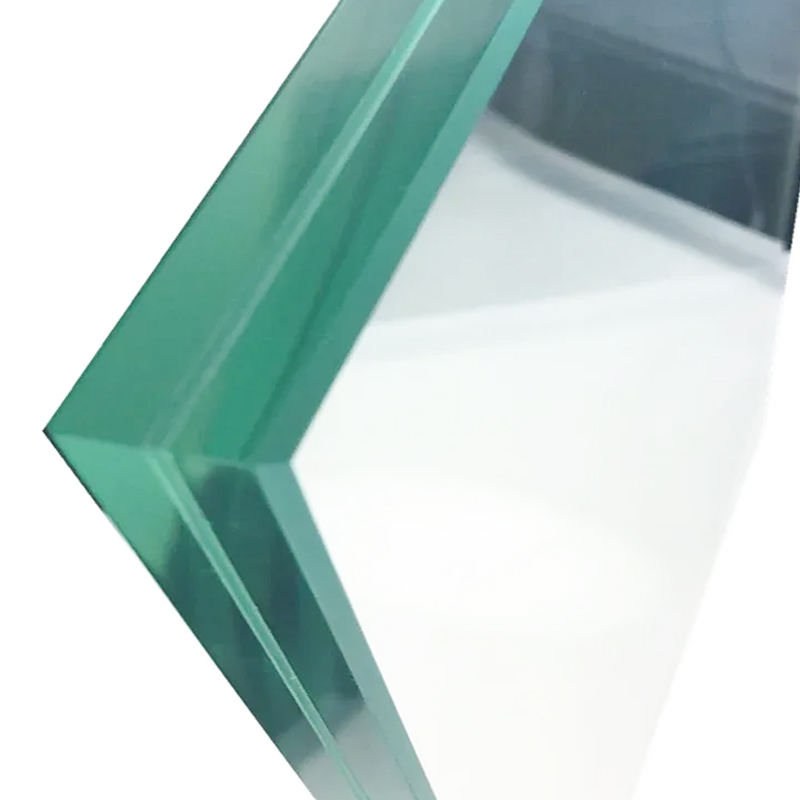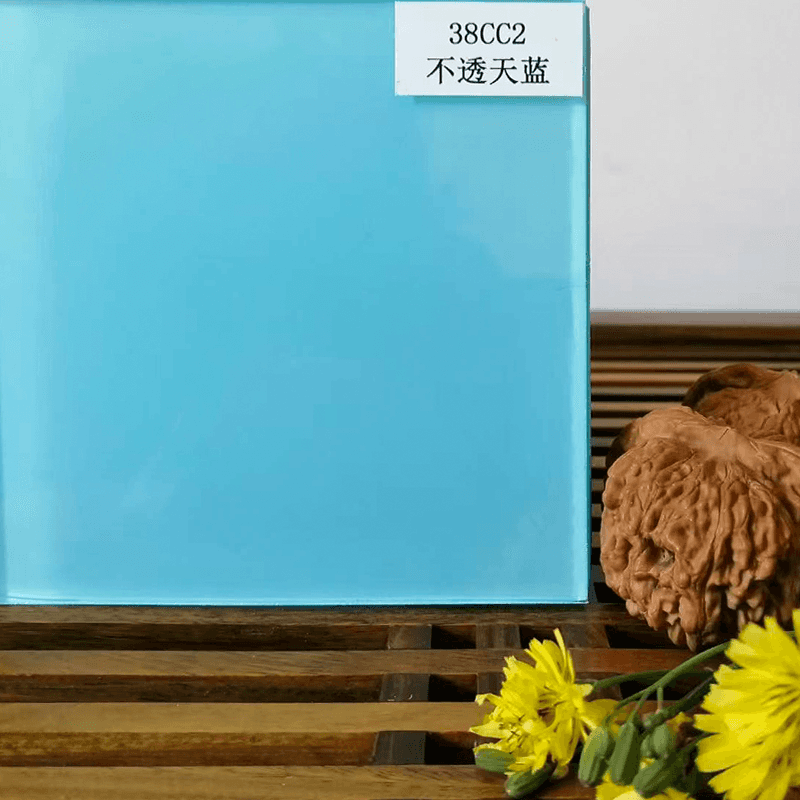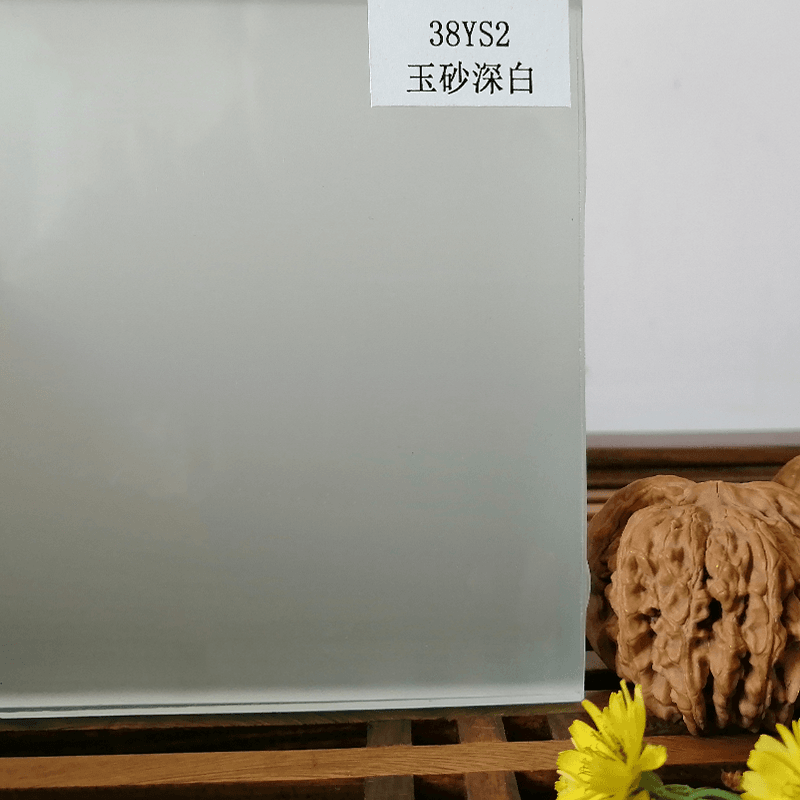language
The production process and quality control of PVB interlayer film involve several critical stages. This analysis covers the workflow, parameter control, environmental requirements, and testing standards.
1. Production Process Flow
Raw Material Preparation and Formulation Design
Core materials include polyvinyl alcohol (PVA) resin, butyraldehyde, and plasticizers (such as 3G8), supplemented by catalysts, stabilizers, and other additives.
Formulation control requires precise component ratios based on performance needs. For example, the amount of plasticizer directly affects the film’s flexibility, and the optimal ratio must be determined through testing.
Dissolution and Condensation Reaction
In the dissolution phase, PVA and butyraldehyde are added into a reactor, stirred under nitrogen atmosphere to ensure full dissolution in water.
During the condensation reaction, a catalyst is added under specific temperature and pressure to initiate the reaction and form PVB resin. Strict control of reaction conditions is essential to prevent side reactions.
Filtration and Drying
Filtration uses precision filters to remove impurities and unreacted materials, ensuring resin purity.
Drying is performed using spray drying or fluidized bed drying techniques to remove moisture and form solid PVB resin.
Melt Extrusion and Calendering/Casting
The dried PVB resin is mixed with plasticizer and heated through a screw extruder to form a homogeneous melt.
This melt is then processed through calendering or casting to produce a film with uniform thickness and a smooth surface. Accurate control of temperature, pressure, and speed during this step ensures consistent physical properties.
Cooling and Rewinding
The film is rapidly cooled and set using cooling rollers or air cooling systems.
Finished films are then wound into rolls for convenient downstream processing and transportation.
2. Key Quality Control Points
Raw Material Quality Management
Supplier management: Choose high-quality, stable suppliers and establish long-term partnerships.
Incoming inspection: Strictly inspect each batch of raw materials for purity, moisture content, and molecular weight distribution to meet production requirements.
Process Parameter Control
Temperature control: All stages from dissolution and reaction to extrusion and calendering must maintain temperature control within ±1°C to avoid performance instability.
Pressure and speed: Adjust calendering/casting pressure and speed dynamically based on film thickness and width to ensure flatness and uniformity.
Environmental Requirements
Cleanliness: Production areas must meet Class 300,000 cleanroom standards, equipped with air filtration and dehumidification systems to prevent contamination.
Temperature and humidity: The lamination room should maintain a temperature of 18–22°C and humidity of 25%–40% to ensure bonding strength between PVB film and glass.
In-Process Monitoring and Adjustment
Online monitoring: Use thickness sensors and visual inspection systems to monitor thickness, transparency, and surface defects in real time.
Timely adjustments: Any anomalies should trigger immediate parameter adjustments or machine stoppage for inspection, preventing batch defects.

Final Product Inspection and Testing
Appearance inspection: Check for defects such as bubbles, impurities, or scratches.
Performance testing: Includes tensile strength, elongation at break, adhesion strength, light transmittance, haze, and weather resistance, ensuring compliance with national standards and customer requirements.
Environmental durability tests: Simulate extreme conditions such as high temperature, humidity, and UV exposure to verify long-term stability.
3. Key Technical Challenges and Solutions
Film Uniformity Control
Challenge: Thickness variation can cause stress concentration in laminated glass, affecting safety.
Solution: Use high-precision screw extruders and intelligent thickness control systems to adjust output in real time. Optimize roller surface roughness and hardness to ensure even pressure distribution.
Enhancing Adhesion Strength
Challenge: Bond strength between PVB film and glass is affected by raw materials, process conditions, and the environment.
Solution: Optimize the type and amount of plasticizer to improve flexibility. Strictly control temperature, humidity, and cleanliness in the lamination room. Use pre-lamination degassing techniques to eliminate interfacial air and enhance bonding.
Improving Weather Resistance
Challenge: Long-term UV exposure and environmental changes can lead to yellowing and aging.
Solution: Add UV absorbers and antioxidants to improve weather resistance. Optimize the molecular structure of the film to enhance chemical stability.





